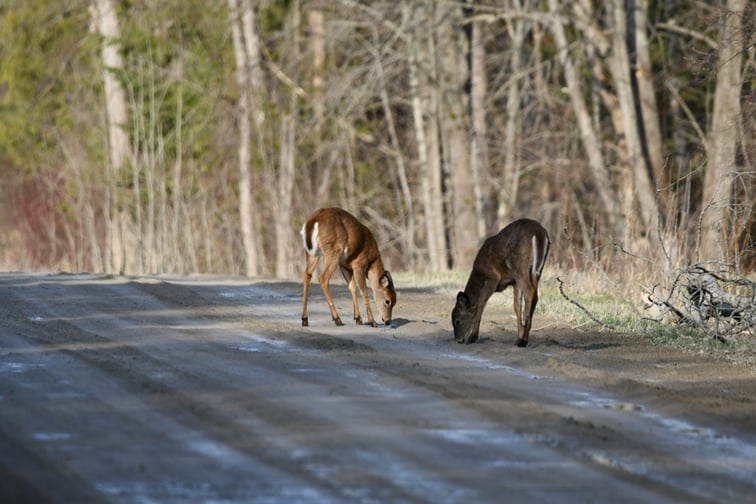

IAG-backed NRMA Insurance (NRMA) has reminded drivers to be cautious of wildlife on the road following new data revealing a concerning number of animal collisions in two states in 2021 and 2022.
The data showed over 13,000 animal collisions in New South Wales (NSW) and the Australian Capital Territory (ACT) throughout 2021 and 2022, with most incidents taking place in autumn and winter.
“It’s important for drivers to be aware of the heightened risk of animal collisions when temperatures decline, and the daylight hours become shorter. During this time, there is decreased visibility for drivers and increased wildlife activity,” said David Wilkes, executive manager of motor assessing at NRMA.
The data revealed that Dubbo is the most dangerous hotspot for animal collisions among NSW and ACT areas in 2021-22, followed by Canberra and Goulburn.
NRMA claims data for the same period showed that July is the worst month for animal collisions in the two states. Additionally, drivers are most likely to collide with a kangaroo, accounting for 83% of animal collisions in NSW and 93% in the ACT.
“It’s awful to hear first-hand the shock and distress from our customers who have experienced an animal collision. The damage to a vehicle can be significant and can cause injuries to drivers and passengers,” Wilkes said. “Sadly, the number of animals hit on our roads remains consistent year after year. Animals are unpredictable and how you react will help protect our wildlife, vehicles, and potentially even lives, so it’s important to be alert.”
NRMA advised drivers to avoid driving at dawn, dusk, or night-time if they can because animals are most likely active during that time, and lack of light makes it more difficult to see them.
Other tips include the following:
“If you see an animal on the road while driving, try to slow down, brake safely, and don’t swerve to avoid it, as you run the risk of colliding with another car or running off the road,” Wilkes said.
